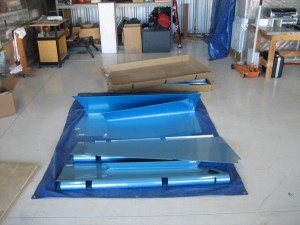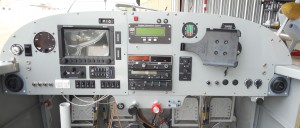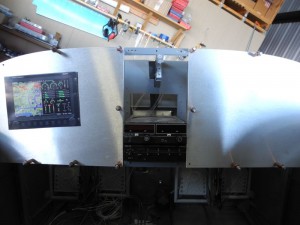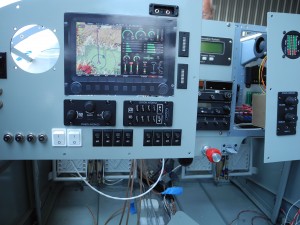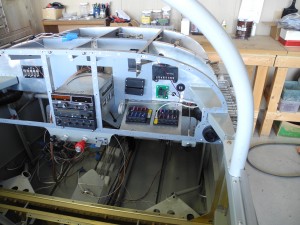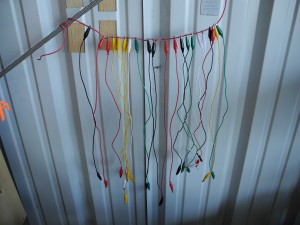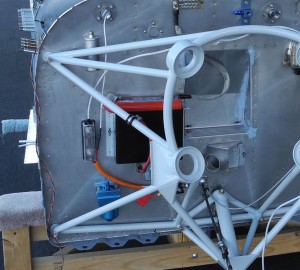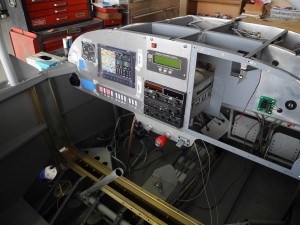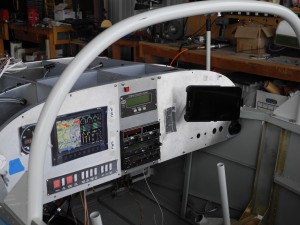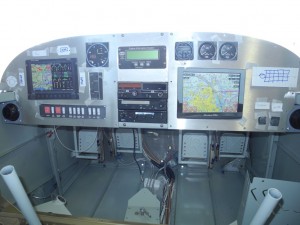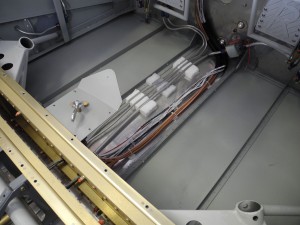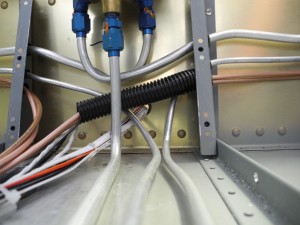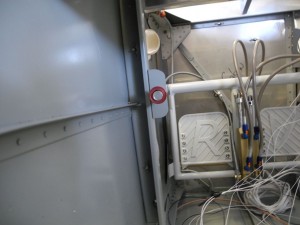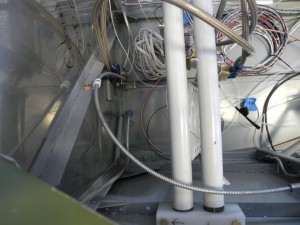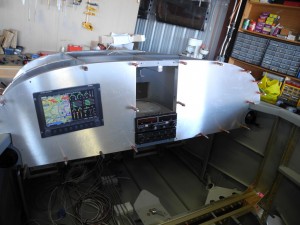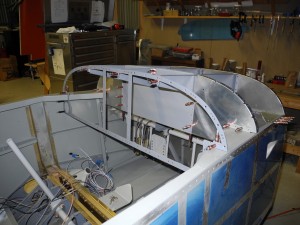*sigh*
We are getting into the really tough part. Planning the Panel. I see many panels, and think how cool they are. How complex they are. How WAY complex they are. I want a simple airplane that is easy and fun to fly, and I can go into the clouds with no worry, and if things get tough, a simple panel will bail me out. I’m not building the space shuttle. I’m building a cool two-seater that is Cessna Safe!
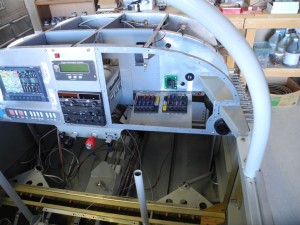
Panel Playground
OK, I believe the planning will be complete, not when I run out of things to add, but rather I will run out of things to take away. Anyone want to buy a Hobbs Meter?
We have decided not to go with the EXPBUS and instead go with 90% fuses. I’ll still use circuit breakers for flaps, trim and autopilot. It will be the kind of circuit breaker that I can pull to disable. This will give me one last change to prevent a runaway motor.
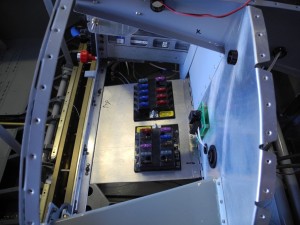
Main Bus and Essential Bus fuse holders
It is funny, that I’m ready to build the plane the way I want to build it, but when an onlooker says “Have you thought about X” I have a knee jerk reaction to say “I’m building the way I want”
*BUT*
The reality is that I did NOT think about that, and it is a good idea to at least thing about this stuff. I make it a habit NOT to try to make a decision right there, but rather really think about the comment, and THEN make a decision when I weigh all the options. We are in the process of thinking about:
- Fuse vs Circuit Breakers vs Fuseable links
- Essential Bus and Main Bus and Master Bus and Ground Bus
- Wire access
- Switches
- Equipment I bought and can leave off (How many Hobbs meters does a plane need? How many timers?)
- Cutting ALL the panel holes first time out.
We will soon be taking a break from all this and fit the wings. Wow! The Wings! Silver Wings! Laughter Silvered Wings!


